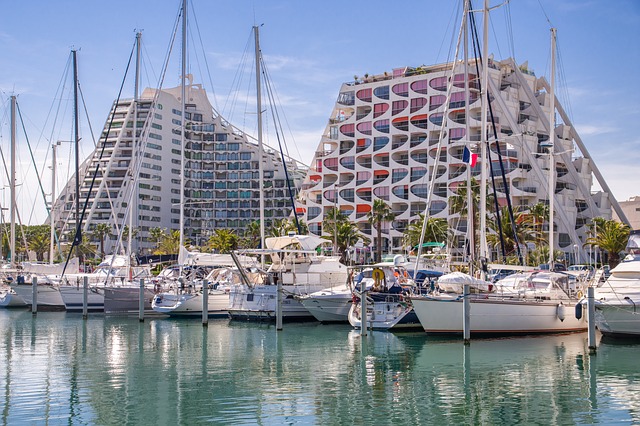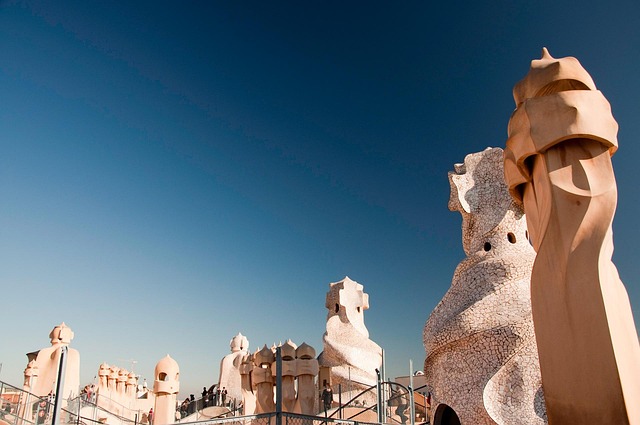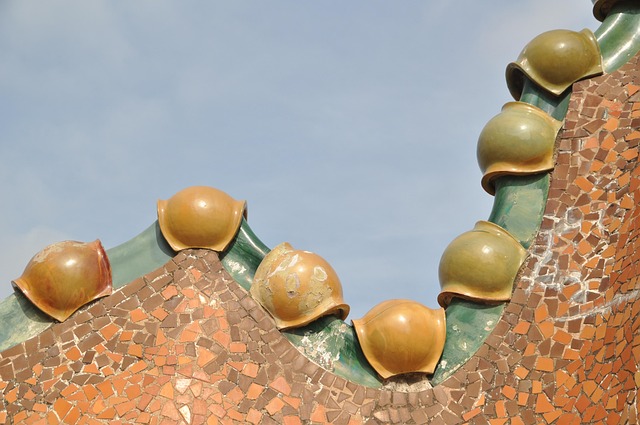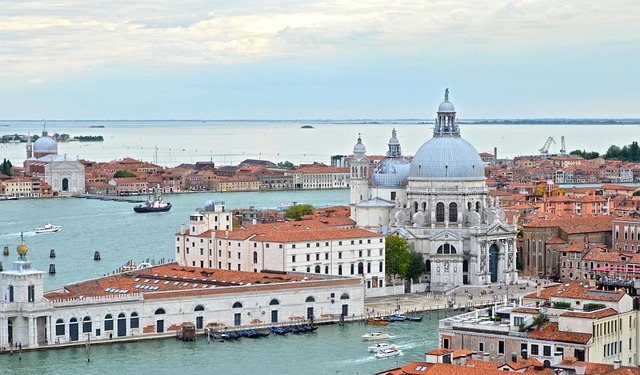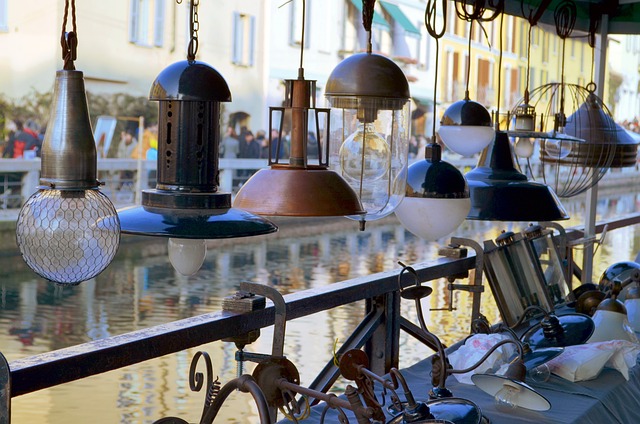Historic preservation is a powerful tool for boosting real estate markets, increasing property values, and stimulating local economies. Global examples show that revitalizing historic buildings creates distinctive neighborhoods appealing to buyers and renters seeking character. Community engagement is crucial for successful revitalization, ensuring projects respect local history and heritage while addressing modern needs. Strategic planning, including stakeholder involvement, sustainable practices, and prioritizing historic preservation, balances urban renewal with maintaining unique charm, benefiting both residents and visitors.
“Historic downtown areas, with their unique character and charm, play a pivotal role in shaping a community’s identity and driving real estate market growth. This article explores the art of preserving local heritage while fostering sustainable urban development. We delve into the impact of historic preservation on property values and market trends, emphasizing the importance of community engagement for successful revitalization.
Through strategic planning, cities can balance progress with charm, ensuring a vibrant future that respects its past, thereby attracting investors and residents alike.”
The Role of Historic Preservation in Real Estate Market Growth
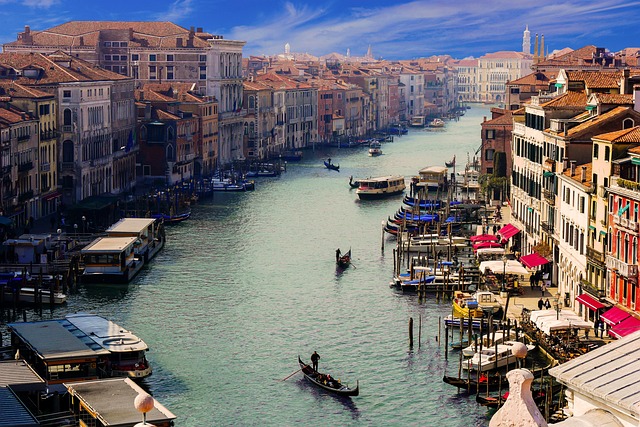
Historic preservation plays a significant role in boosting the real estate market and attracting investors. By restoring and maintaining historic buildings, communities create unique and desirable neighborhoods that stand out to potential buyers and renters. The charm and character of downtown areas, with their intricate architecture and rich history, become major selling points, increasing property values and stimulating local economies.
This trend is evident in many cities worldwide where well-preserved historic districts have led to vibrant real estate markets. The demand for these properties speaks volumes about the desire for authentic experiences and a connection to the past. Moreover, historic preservation often goes hand in hand with smart urban planning, promoting mixed-use developments that integrate residential, commercial, and cultural spaces, further fueling market growth and fostering community engagement.
Community Engagement: Key to Successful Downtown Revitalization
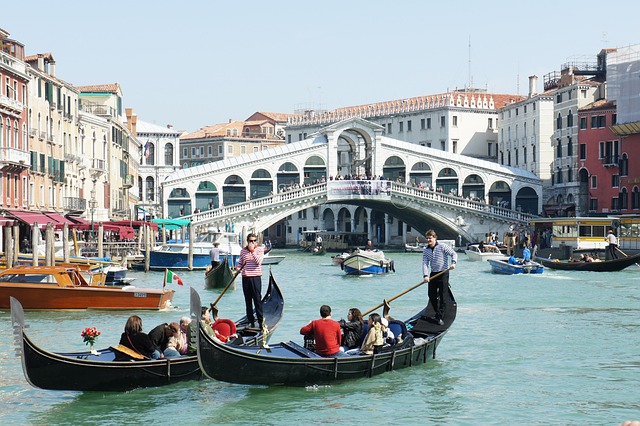
Community engagement is a cornerstone of successful downtown revitalization efforts. When locals are actively involved in the process, they help shape a vision that reflects their unique character and history. This collaboration ensures that any redevelopment respects the area’s heritage while meeting modern needs, creating a vibrant space that truly feels like home.
Engaging the community facilitates a deeper understanding of local priorities regarding real estate investments. Residents can offer insights into historic buildings’ significance, potential uses, and the preservation of cultural artifacts. Their participation fosters trust between stakeholders, leading to more sustainable and impactful revitalization projects that leave a positive lasting impact on the community’s fabric.
Balancing Progress and Charm: Strategies for Sustainable Urban Renewal
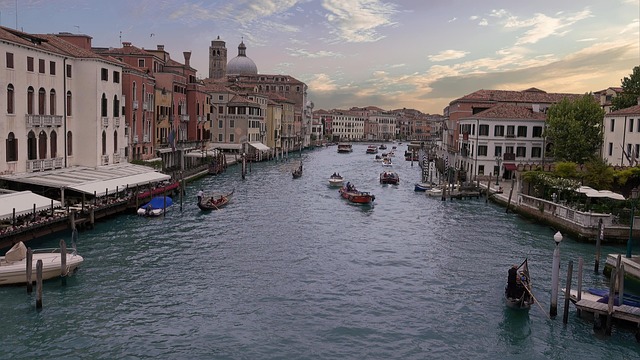
Preserving local charm while fostering urban renewal is a delicate balance, but one that is essential for sustainable growth in historic downtown areas. On one hand, introducing new real estate developments can bring much-needed investment, modernize infrastructure, and attract a diverse range of residents. However, hasty progress could risk erasing the very character and heritage that make these neighborhoods unique and desirable.
Strategic planning is key to navigating this balance. This includes engaging local stakeholders, prioritizing historic preservation in development projects, integrating sustainable practices, and fostering community involvement. By carefully considering the impact of each new addition, downtown areas can undergo revitalisation while maintaining their distinct charm, ensuring a harmonious coexistence for both residents and visitors alike.

